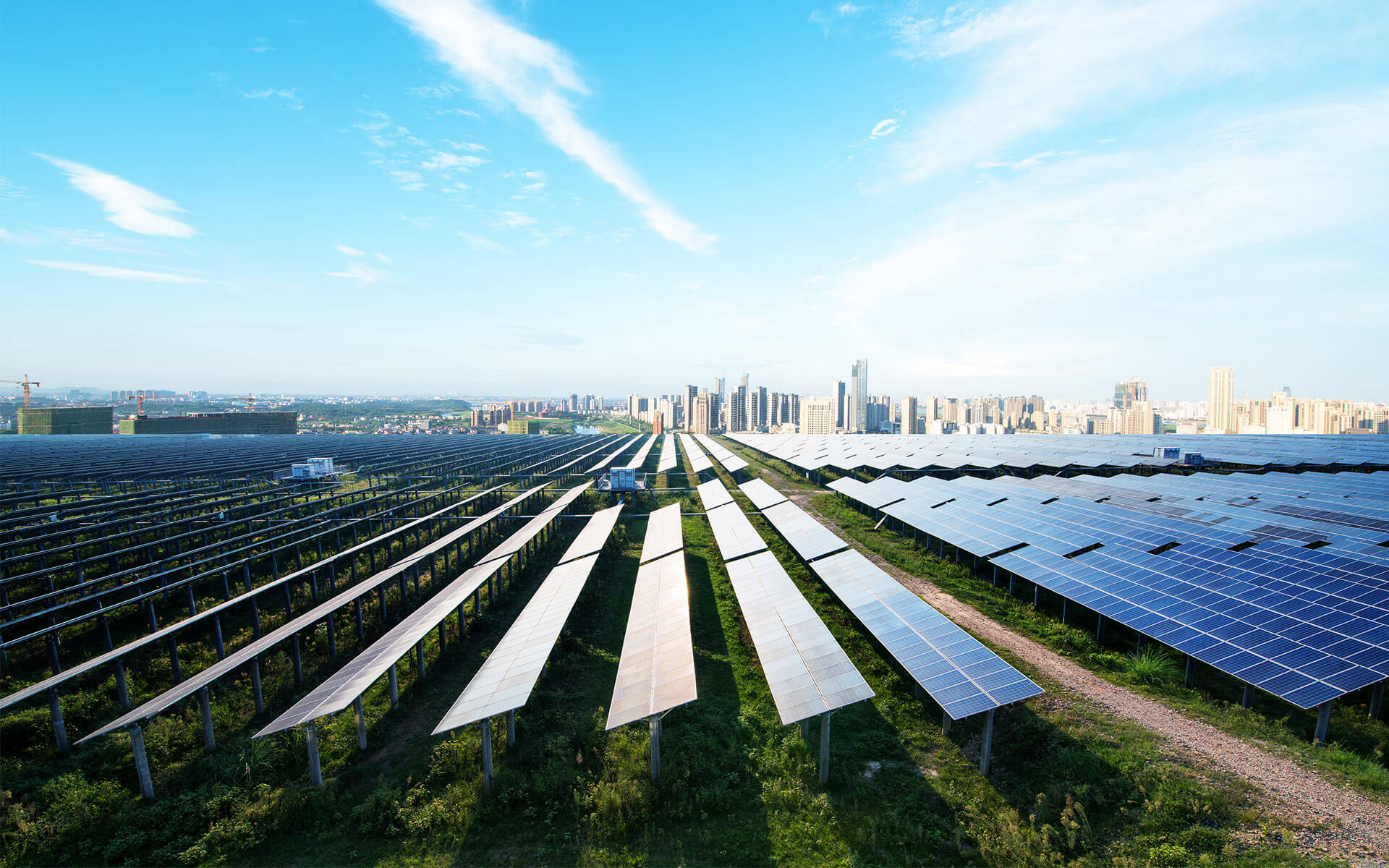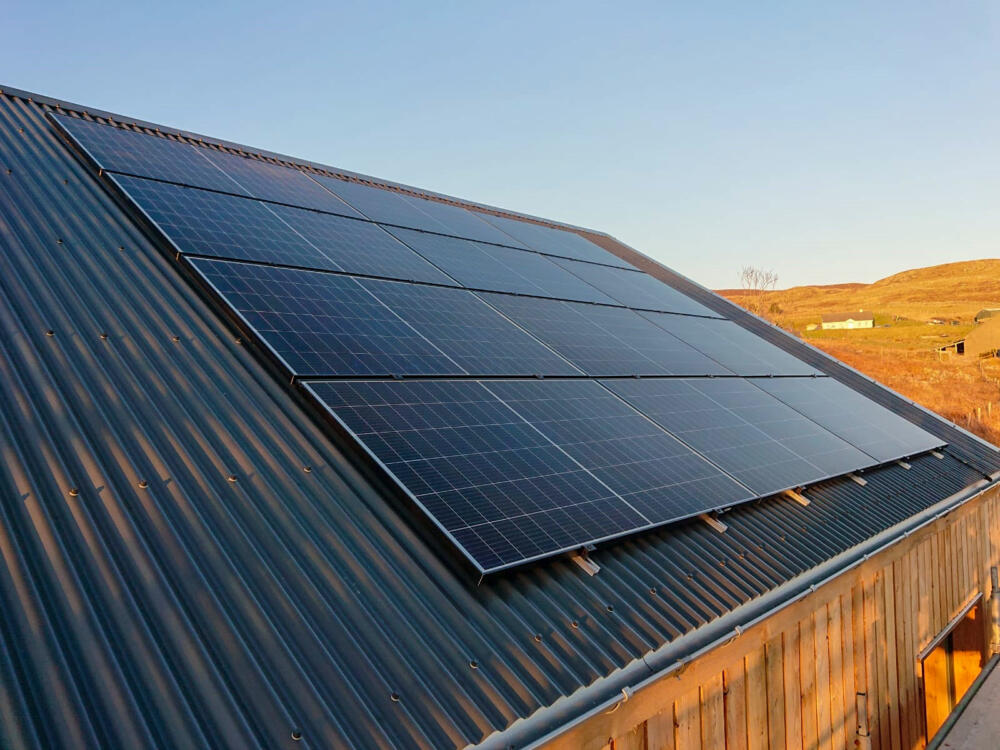Battery Storage Systems
Battery storage systems are an essential component in mitigating the problem of solar’s intermittency, especially with regard to seasonal changes. The systems store the energy generated from the sun when it is at its peak and release it when it is low or during the winter/ cloudy days. The summation of the capacity of the battery storage and efficiency of the storage method will determine the net amount of usable energy throughout the year.
Capacity and efficiency
The high-capacity batteries are particularly needful during the winter and cloudy days. A scenario is where a photovoltaic solar installation in Massachusetts is equipped with a battery system whose capacity is at 10,000 kWh. The efficiency of the batteries in the compensation of stored voltage is always set at below 100 percent but above 85 percent, depending on its technology.
Technological advancements
There has been significant progress with battery storage technology in the recent past, resulting in a more sustainable system that can recharge for more cycles without any or little depreciation in its effectiveness. The Mojave Solar Project, in California, serves as one of the practical examples. The battery systems can maintain the charge for solar a energy 24 hours a day, over the different seasonal trends.
Illustrating a practical case
Mojave Solar Project uses an advanced battery storage system in which the recharge or discharge cycles are determined by the subject matter experts within the based on the predictive weather condition analysis. The Smart Energy Network system in New York is equipped with an advanced battery storage system whose recharge and discharge is dependent on the solar input throughout the day.
Hybrid Systems With Other Renewable Sources
Hybrid systems that use solar power in combination with other renewable energy sources offer a sustainable method to solve the problem of solar energy variability due to weather and seasonal changes. They allow compensating for the associated shortages of generation by combining several renewable sources and utilizing them throughout the year.
Wind and Solar Power Base
A solar panel and a wind turbine may be used to generate electricity; wind panels may also serve under such conditions. As the Texas Panhandle shows, the wind is strong and relentless there, occurring in powerful and steady patterns. A corresponding example is a hybrid system that utilizes wind and solar power to generate 70% and 30% of its energy in the winter months accordingly, with the numbers switching places in the summer. An average efficiency rate of this system above 90% may be observed throughout the year.
Hydroelectric Power
The use of hydroelectric power during low sunlight periods is observed in the Pacific Northwest, in proximity to water resources. The Pacific Northwest is the most prominent example of this strategy, with hydroelectric power plants notably “pick up the generation in the winter, at the same time that solar power in the area falls precipitously”. The Hood River project in Oregon is one such example, which uses a solar-hydro combination to generate its power and keep the output continuous when the sunlight is not sufficient.
Biomass System
Biomass energy may serve as an alternative for solar systems in an agricultural district. Due to constant energy output, obtained throughout the burning of the industry’s waste, hybrids ensure a steady supply of energy independent of solar power plants’ availability. The solar and biosystem of a farm in Iowa demonstrates attention to customer practical needs and resource management.

Demand Response Management
The demand response management is a strategic measure aimed at adjusting consumer energy use based on supply availability, which is particularly important for the solar power system having its characteristic seasonality. Demand response management ensures better grid stability and optimized energy use during the periods of high demand or low solar output.
Smart Metering and Real-Time Data Usage
A display of the amount of energy that was used or saved at some specific time should be present in the house or facility. Demand response system must be based on smart metering. In California, smart meters are used for monitoring of real-time consumption and automatically turning of solar panels supply in accordance with the existing demand. This demand response system can reduce the peak load by 20% in California on the hot summer days, when solar energy is most produced but the consumers need most energy. Usually peak load happens at noon, at the same time, solar panels produce most of the energy. As solar energy is limited and is not used to the fullest at night, energy generated during the day has the resources to take the peak load needed during daylight.
Incentives for Off-Peak Consumption
Utility companies provide incentives for users to transfer their activity to off-peak time using demand response management. In Arizona the company provides electricity to residential customers with peak and off-peak reduced rates. Most standard consumers receive special lower rates for night electricity use. Normal peak hours, when overuse of energy is expected, is between 11AM to 5PM. During 5PM to 9PM there is still a high production of solar energy. It ensures that still most of the consumer would consider the shift. This demand response system ensures the diversification of the load across the day as well as allows achieving maximum use of solar energy reducing, therefore, the amount of energy produced from non-renewable energy sources.
Energy Sharing Platforms
Energy sharing platforms support a community-based approach to solar energy management, which is beneficial for locations with large seasonal solar resource variation. Such platforms allow the distribution of excess solar electricity to other users, facilitating overall energy system efficiency and resilience.
Community Solar Projects
The example of community solar projects is as follows: 200 households are purchasing a 1 MW Shiloh Community Solar Farm, which is a 1 MW shared solar farm in Colorado to supply their electricity. Each year, the solar array generates around 2.2 million kWh of solar electrical energy. Each of these 200 households has access to the array’s monthly generation, and the corresponding solar credits to offset their energy bills, while the nominal credit allocation is 96 dollars per person. These customers receive the net difference between the total solar charge and the actual retail bill, which varies with the season.
Peer-to-Peer Energy Trading
The example of peer-to-peer P2P energy marketplace is a physical microgrid system in Brooklyn. In this example, residents of multiunit brownstones have solar panels on each of individual buildings, which are not sufficient to meet the entire energy demand of these buildings. The residents require an additional source of income. Due to the lack of the available feed-in tariff, an owner of a solar panel is advised to use their energy. A lightning strike rendered three transformers located underground unusable, creating gaps of eight to ten weeks in the case of their replacement.
A Transactive Grid controllers allow the owners of solar panels to offer the surplus of their electricity to the owners of the neighboring brownstones. If the demand for the surplus solar electricity in brownstone one is not sufficient to meet the overall supply, the owners of other brownstones are next in line in the vicinity. The semifinal plan is producing enough solar power per block for the local use to avoid electricity distribution.

Advanced Weather Forecasting Technologies
Advanced weather forecasting technologies assist in the optimization of solar energy systems, especially from the seasonal perspective. These solutions enhance the predictability and efficiency of solar power generation and the ability to adjust both production and use of energy proactively.
High-Resolution Satellite Imaging
High-resolution satellite imaging can increase the accuracy of solar irradiance forecasting central for the predictable management of solar power. In Arizona, satellite-derived cloud or sunshine coverage forecast can be provided for 24 to 48 hours in advance. The usage of this technology by farms can allow them to adjust their forecast for energy production and storage. Since its introduction, the accuracy of solar energy prediction has increased by an average of 30%. In practice, this results in solar plants and farms experiencing fewer operational uncertainties.
AI-Powered Predictive Algorithms
Another technology that is transforming the way weather impacts on the production of solar energy are Artificial Intelligence, or AI systems. Using both historical weather data and real-time inputs, this system can provide a clear calculation of the theoretical generation capacity. In Southern California, these technologies provide hourly updates for plant operators, helping them manage the dispatching of solar energy and reduce reliance on alternative power sources when the sun obstructed by clouds.
Integration with Energy Management
The primary application of advanced data predicting weather conditions is its integration with energy management systems capable of making weather-adjusted changes in storage and release of energy. In the German Smart Solar Grid, weather analytics provide automatic controls for the use and storage of previously harvested solar energy to provide adequate power supply during cloudy periods or even overnight.





